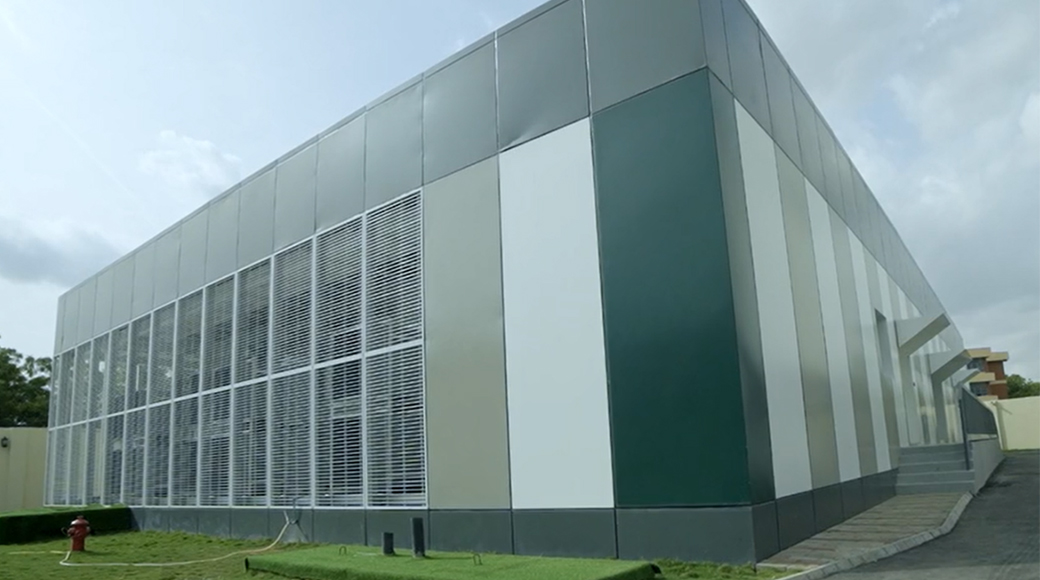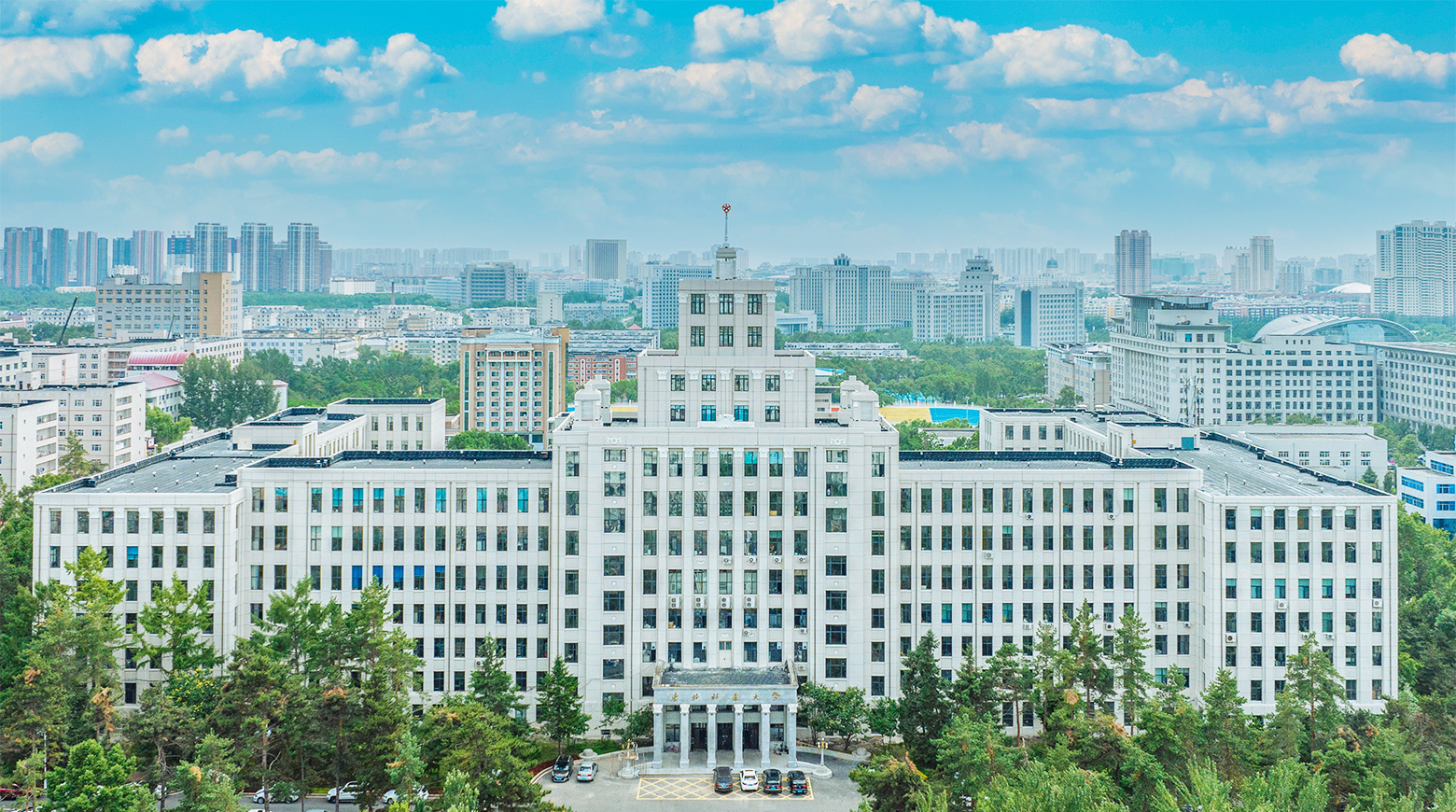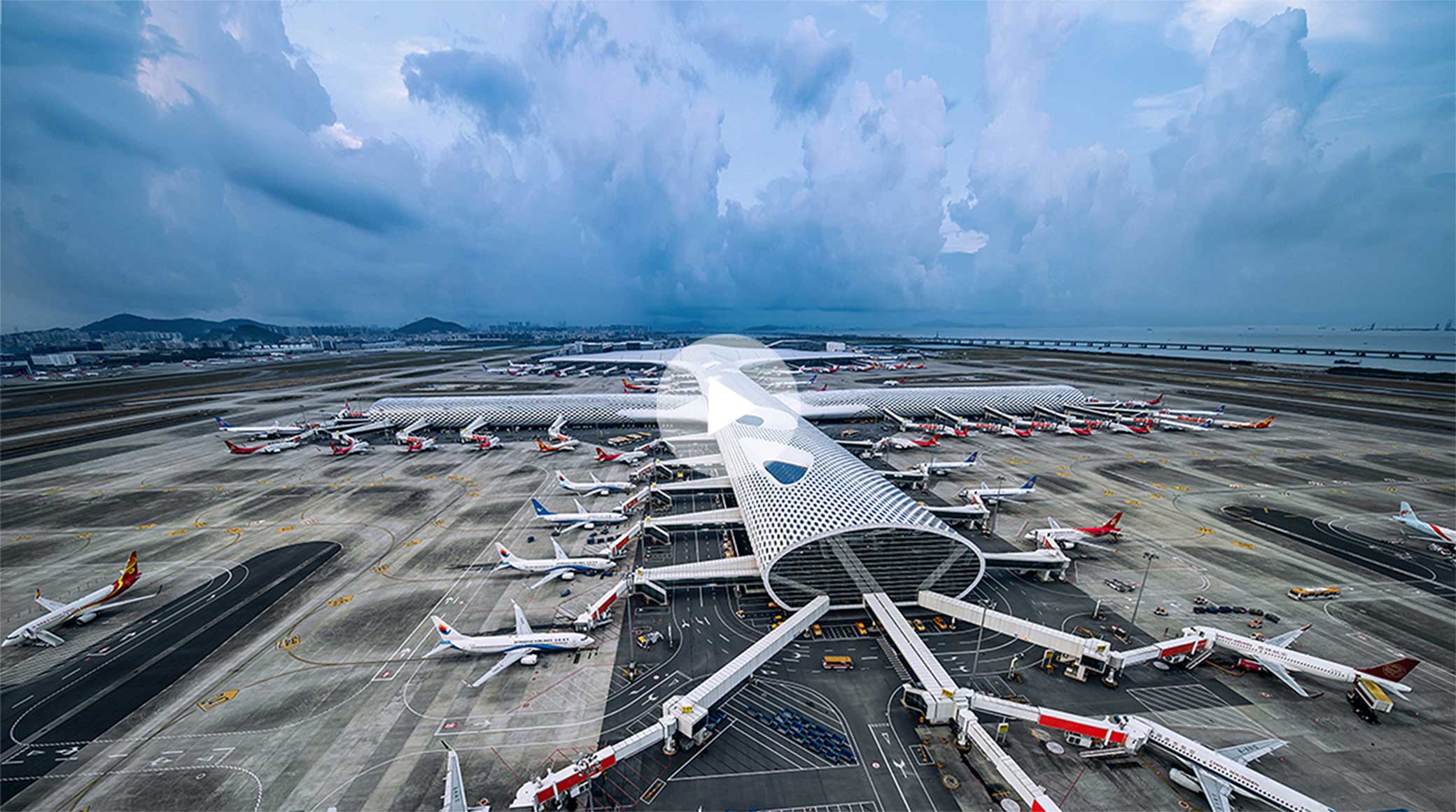Building a Digital Oasis for Saudi Arabia

The Saudi Arabian government's Saudi Vision 2030 — which includes the economic action plan, the National Transformation Plan 2020 — is a strategic plan to reduce the country's oil dependence, diversify its economy, and develop a range of public sectors. A requirement for broadband coverage across the entire Kingdom is, not surprisingly, a key part of it. But to realize this goal, all levels of government and all enterprises need to implement wholesale innovation, from their tools and technologies to their policy frameworks, to spur infrastructure investment.
Driven by this national strategy, Dawiyat — a wholly-owned subsidiary of the Saudi Electricity Company — proposed a policy of accelerated strategic transformation. Indeed, Dawiyat seized the opportunity for development that presented itself by focusing investment into energy efficiency improvements as well as expansion into new business fields.
After obtaining its national broadband license, Dawiyat was all set to rapidly deploy Fiber To The Home (FTTH) networks in major cities. Indeed, with a vast number of electricity substations already in place across the country, Dawiyat already had infrastructure in place that it could re-purpose for FTTH deployment, bringing telecom services to the Kingdom's citizens. In short, Dawiyat could maximize the value of its existing substation resources, all the while creating new business growth opportunities in FTTH.

Site selection was a core challenge
To quickly build an FTTH network in a city and to meet users' speed expectations, Dawiyat needed to deploy communications equipment rooms at a significant number of sites in high traffic areas, close to users. Adding to this challenge, most of these sites had insufficient indoor space or a poor environment. Meanwhile, line deployment was especially difficult and time-consuming: while in older urban areas, reconstruction is challenging, in newer urban areas, optical cabling must be laid with the transmission pipeline.
Fast capacity expansion to anticipate future demand
Inevitably, demand will also increase as habits change. In the past, consumers simply browsed websites and interacted on social media. Today, they also want to be able to watch, share, and upload videos on-demand. And who knows what tomorrow will bring? Given the rapid pace of technological development, bandwidth infrastructure needs to be easily expandable — and expandable fast.
Complex management and an urgent need to reduce costs and boost efficiency
As a relatively new entrant into the broadband services market, the company's relevant technical and maintenance teams were small. Moreover, given the large number of infrastructure and transmission devices that needed to be constructed, managing and maintaining them promised to be complex: Operations and Maintenance (O&M) personnel would need to be highly skilled. Plus, with so many data center sites, frequent onsite O&M was bound to prove costly in terms of time and money. To ensure long-term viability, Dawiyat simply had to keep costs at a manageable level as well as improve its operational efficiency.
“All National Grid substations are considered national security assets,” said Saleh Al Owain, Dawiyat's Director of Technical Affairs. “Dawiyat’s main goal is to participate in the initiatives of Saudi Vision 2030, monetizing National Grid assets while, of course, continuing to comply with all National Grid safety standards and regulations,” he continued. “The true challenge is, how can we maintain a massive number of sites scattered across the Kingdom while also retaining full visibility to ensure physical site security and protection from vandalism, as well as ruggedizing each site for harsh weather conditions? The only solution that made sense was Huawei's container-based shelter solution. No other solution came close to it in terms of performance, feature set, robustness, and cost.”
A tailored solution that meets the company's unique needs
Huawei provided Dawiyat with the latest 20 foot FusionDC1000A Prefabricated Modular Data Center Solution. While it can be positioned outdoors, separate from the IT equipment room, meaning Dawiyat can deploy communications devices anywhere and on demand, FusionDC1000A also maximizes the reuse of existing resources. Dawiyat has been able to use substation site resources close to users, and power pipes between high-voltage and low-voltage substations, with the FusionDC1000A deployed in a small independent area outside the substation. This physically isolates it from the mains services of the electric power company.
Furthermore, deploying FusionDC1000A is quick: the entire process, from hoisting and commissioning, only takes one day, reducing both the time needed and the costs by 85% compared to some other solutions.
 The prefabricated modular data center has a robust structure and design,fitting into the surrounding environment.
The prefabricated modular data center has a robust structure and design,fitting into the surrounding environment.
 Huawei FusionDC1000A Prefabricated Modular Data Center Is the Building Block for Saudi Arabia's Digital Oasis Base
Huawei FusionDC1000A Prefabricated Modular Data Center Is the Building Block for Saudi Arabia's Digital Oasis Base
Solution benefits
Huawei FusionDC1000A integrates the power supply and distribution, cooling, fire extinguisher, security protection, monitoring, and integrated cabling subsystems. Factory prefabrication enables quick end-to-end, one-stop delivery, while a modular design allows for independent or side-by-side deployment, offering fast capacity expansion as required. In addition, SmartLi Uninterruptible Power Supply (UPS) inside can be used to further ensure power supply system security.
The FusionDC1000A has a highly reliable container that is dustproof, waterproof, and shockproof. Equipped with a high-strength anti-theft mechanical lock, it's also highly secure. It has passed a –20°C to +55°C extreme working conditions test, proving that it is fully capable of adapting to the high temperature environment of Saudi Arabia.
To simplify O&M, the large number of prefabricated modular data centers that Dawiyat deployed — over 80 — were all connected to the NetEco 6000 data center infrastructure management system, implementing unified, remote management of the entire network, which allowed sites to be unattended.
Customer recognition and trust are the driving forces behind Huawei's ongoing innovations and efforts to push forward. Cooperating with Dawiyat, Huawei has helped Saudi Arabia build a digital oasis base, winning recognition from the customer. With the development of Information and Communications Technology (ICT) in Saudi Arabia, the demands on Huawei will be increasingly more stringent. In the future, Huawei will continue to strive to integrate power and electronic technologies with digital technologies, and push the bounds of innovation with Artificial Intelligence (AI), to build more "simple, green, smart, and reliable" solutions, ultimately creating more value for customers.







